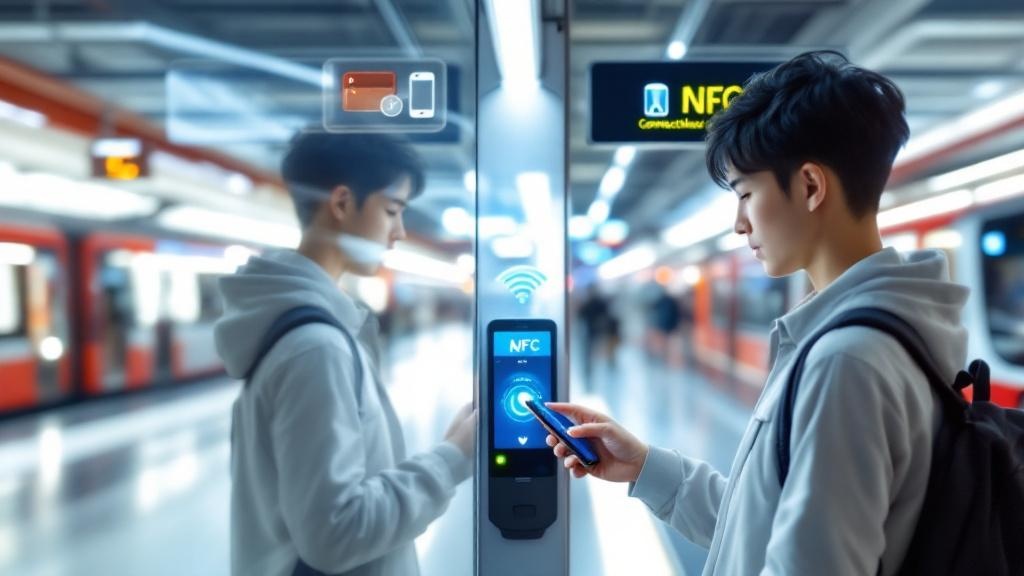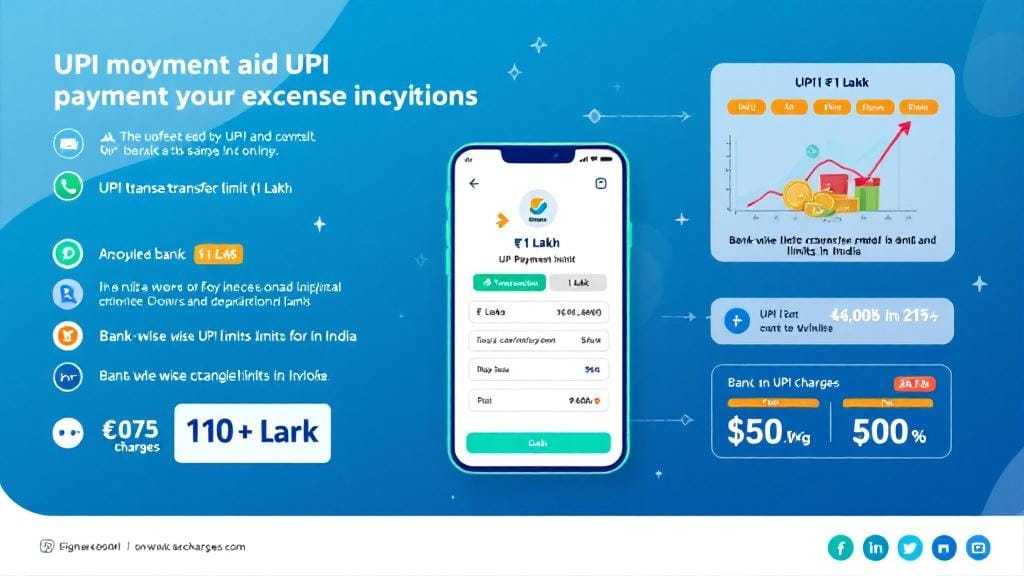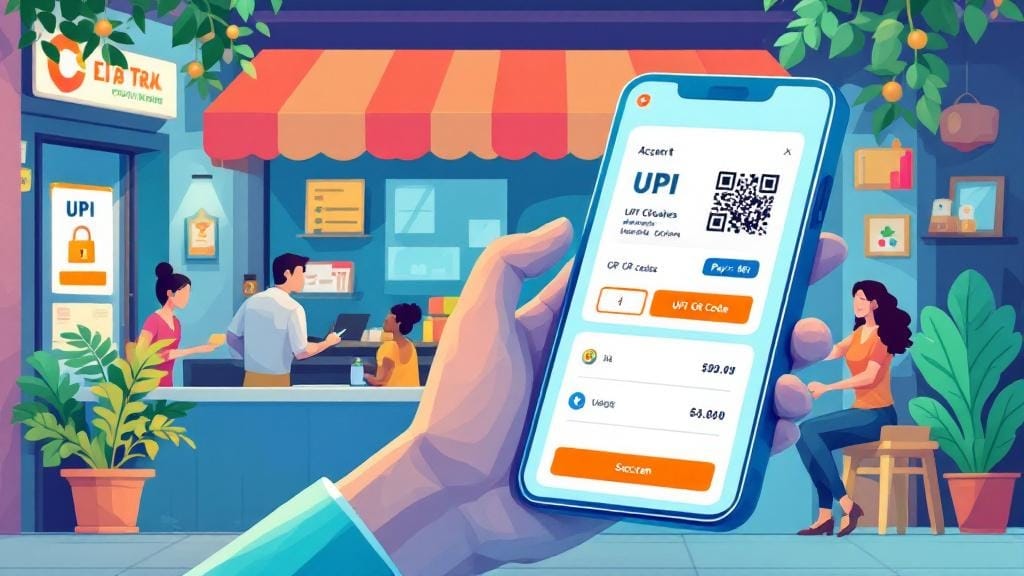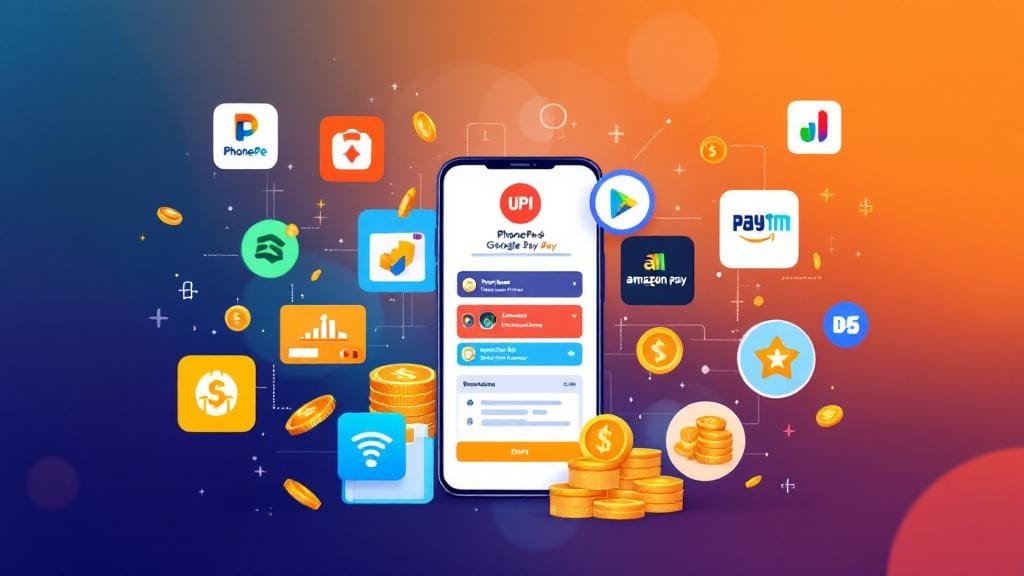In a world moving rapidly towards digital convenience, the daily commute is getting a serious tech upgrade. If you’ve ever fumbled for change while boarding a bus or waited in long lines for metro tokens, you’ll love what’s coming: the digital wallet for public transport revolution.
From contactless payments on buses to mobile wallet-based metro fares, public transit is transforming into a seamless, tap-and-go experience powered by technology. But how exactly do these systems work, and how can they make your commute easier, cheaper, and more efficient?
Let’s dive into everything you need to know about digital wallets for public transportation, with real-world examples and simple explanations.
What Is a Digital Wallet for Public Transport?
A digital wallet for public transport is a mobile-based payment tool that lets commuters pay for bus, metro, train, or tram rides using smartphones, smartwatches, or transit card apps. It replaces the need for physical tickets or cash by offering contactless, secure, and instant payments.
Think of it as a tap-and-go travel card—only it lives on your phone.
Key Features:
Contactless payments using NFC (Near Field Communication)
Integration with public transit systems
Supports real-time fare deduction
Works with phones, wearables, or smart cards
Often linked with urban mobility and smart city tech
Why Are Digital Wallets the Future of Public Transit?
Here’s why cities and commuters are shifting to smart ticketing wallets:
🚍 1. Speed and Convenience
With a quick tap and pay, you no longer need to:
Queue at ticket counters
Carry change or physical tokens
Worry about missing the last bus while buying a ticket
🛡️ 2. Security
Digital wallets use encrypted technology like NFC payment for public transit. It means:
Transactions are secure and private
No risk of lost or stolen cash
Seamless refund and tracking
🌍 3. Supports Smart City Goals
Integrating with smart mobility tech helps:
Reduce paper usage (eco-friendly)
Enable data-driven planning of routes and schedules
Improve urban mobility through better insights
How It Works: Step-by-Step
Using a mobile fare payment system is incredibly simple:
Download a public transportation wallet app like Google Wallet, Apple Pay, or a city-specific transit app
Add your travel card or bank card
Enable NFC or Bluetooth if required
Tap your phone or smartwatch at the entry gate or bus reader
Fare is deducted instantly from your digital wallet
Real-Life Example:
In cities like London, riders use their phones with Oyster Card integration in Apple Wallet. In Singapore, the EZ-Link app lets you manage rides, top-up cards, and view your travel history—all in one place.
Popular Transit Systems Using Digital Wallets
Here are some cities that are already benefiting from mobile contactless technology:
| City | System | Wallet Options |
|---|---|---|
| London | TfL (Transport for London) | Apple Pay, Google Pay, Contactless Cards |
| New York | OMNY | Mobile wallets, bank cards |
| Singapore | SimplyGo (EZ-Link) | EZ-Link app, PayLah, PayNow |
| Delhi | DMRC | Delhi Metro Card App, Paytm, PhonePe |
| Sydney | Opal | Digital Opal via Google/Apple Pay |
Benefits for Public Transport Operators
For transport authorities, digital fare collection offers more than just tech appeal:
Lower operational costs (fewer ticket machines, less cash handling)
Improved data collection on rider behavior
Faster boarding, increasing fleet efficiency
Fraud prevention with encrypted systems
Challenges and Considerations
While adoption is growing, there are a few challenges:
❌ Device Dependency
No phone or battery = no ride. Backup systems are still necessary.
❌ Digital Divide
Not all commuters own smartphones. Inclusive options (like smart cards) must coexist.
❌ Infrastructure Investment
Transport authorities must upgrade hardware and software systems—an expensive but worthwhile endeavor.
Smart City Integration: Transportation & Technology
Cities adopting digital wallets for public transport often combine them with broader smart city infrastructure initiatives like:
Real-time fare systems
Dynamic bus route tracking
Interconnected apps for buses, bikes, and metro
Mobility-as-a-Service (MaaS) platforms
This aligns with long-term visions of transport fintech and urban mobility innovation.
Use Cases: Who Benefits the Most?
👩💼 Daily Commuters
Save time and reduce stress with one tap.
👨👩👧👦 Families & Tourists
Manage multiple rides from a single wallet, avoiding language or currency barriers.
🧑🎓 Students
Many transit apps offer student passes or fare discounts directly in the app.
How to Choose the Best Transit Card App
When selecting a transit card app, look for:
Support for your city’s transport system
Integration with bank cards or UPI
Features like auto top-up, fare capping, or travel history
Reviews and app performance
Compatibility with your phone and wearable devices
Future of Digital Payments in Public Transit
The next wave in transportation digitization includes:
Face recognition entry at gates
AI-powered route optimization
Subscription-based digital passes
QR code-based e-ticketing systems
With these advancements, smart mobility tech is becoming central to our everyday lives.
✅ Conclusion: Why It’s Time to Go Tap & Go
The digital wallet for public transport isn’t just a tech trend—it’s a game-changer for the way we move. It combines the power of convenience, security, and efficiency, helping commuters and cities alike transition toward smarter, faster, and greener transportation systems.
If your city offers mobile payment for buses, metros, or trains, it’s time to ditch the paper and embrace the tap.
🔍 FAQs
1. What is a digital wallet for public transportation?
A digital wallet for public transportation is a mobile app or feature that lets you pay for rides using your phone or smartwatch instead of cash or paper tickets.
2. Can I use my mobile wallet for bus fare?
Yes! Many cities now support mobile wallet for bus fare via apps like Google Pay or contactless travel cards stored on your phone.
3. What is a transit card app, and how does it work?
A transit card app is a mobile app that allows you to top up, view fares, and use digital passes for buses, metros, or trains. You simply tap your phone at the gate to ride.
4. How secure is contactless payment for transport?
Very secure. NFC payment for public transit uses encryption and tokenization, which protects your card details and transaction history.
5. Which cities support mobile fare payment systems?
Cities like London, New York, Singapore, Sydney, and Delhi support mobile fare payment systems using apps, wallets, or bank cards.
6. What is smart ticketing, and is it different from e-ticketing?
Smart ticketing often involves NFC or QR-based tap systems, while e-ticketing typically refers to booking tickets via mobile and showing them to staff. Both aim to make transit more digital and contactless.
7. Are there apps that work across multiple cities or modes of transport?
Yes, some apps support public transit solutions across multiple cities or integrate ride-hailing, bike-sharing, and train tickets in one place.
📌 Final Tip:
Ready to upgrade your commute? Start by downloading a public transportation wallet app, link your card, and try tap and pay travel on your next ride. It’s the simplest way to step into the future of transit.








Comments (0)